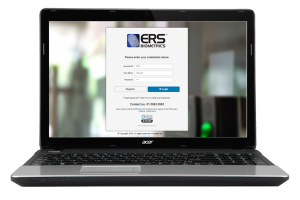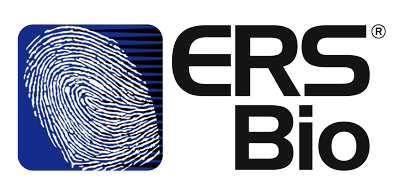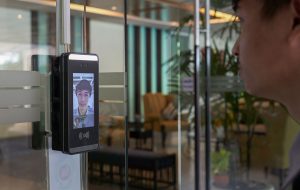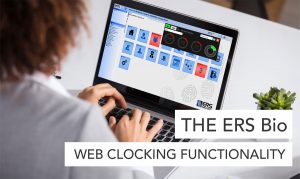Why is Staff Clocking Management Important in the Retail Industry?
In the retail industry, managing staff clocking is crucial for ensuring that employees are working the hours they are supposed to and that they are paid accurately for their time. Staff clocking management involves the use of timekeeping systems to track employee attendance, monitor work hours, and manage payroll. In this article, we’ll explore the importance of staff clocking management in the retail industry and how businesses can implement effective systems to ensure compliance and productivity.
Why is staff clocking management important in the retail industry?
Staff clocking management is essential in the retail industry for several reasons. First, it helps ensure that employees are being paid accurately for the time they work. Inaccurate payroll can lead to disgruntled employees, lawsuits, and damage to the company’s reputation. Second, effective staff clocking management can help identify and prevent time theft, which can be a significant issue in the retail industry. Employees may engage in time theft by clocking in for their colleagues, taking extended breaks, or leaving work early. Staff clocking management systems can help prevent these issues and ensure that employees are working the hours they are supposed to.
Effective staff clocking management can help improve employee productivity. By monitoring attendance and work hours, managers can identify areas where employees may need additional training or support. They can also identify patterns of absenteeism or tardiness and take action to address these issues before they become a significant problem. In so doing, they can also increase productivity for the company, making sure that adequate employees are present at all times.
Additionally, staff management systems may also allow for automated Leave Management, allowing employees to apply for their leave online, with management being able to instantly approve or deny the leave, and the system being updated accordingly.
Types of staff clocking systems
There are several types of staff clocking systems that businesses can use to automate and manage employee attendance and work hours:
- Biometric systems: These systems use biometric data such as fingerprints, facial recognition, or iris scans to verify employee identity and clock in and out.
- Mobile apps: These are software applications that employees can download to their mobile devices to clock in and out of work remotely.
- Web-based systems: These systems are accessible by anyone with access rights and an internet connection.
Benefits of staff clocking systems in the retail industry
There are several benefits to implementing staff clocking systems in the retail industry. These include:
- Accurate payroll: Staff clocking systems can help ensure that employees are paid accurately for the time they work. This can help prevent disputes over pay and reduce the risk of lawsuits.
- Compliance: Staff clocking systems can help businesses comply with labour laws and regulations, such as minimum wage and overtime requirements. By monitoring work hours, managers can ensure that employees are not working outside of their scheduled hours or taking unauthorized breaks.
- Improved productivity: Staff clocking systems can help improve employee and company productivity.
- Enhanced security: Staff clocking systems can help improve security by tracking employee movements and preventing unauthorized access to sensitive areas of the business.
Implementing effective staff clocking management
To implement effective staff clocking management in the retail industry, businesses should consider the following:
- Identify the most suitable clocking system: Choose a clocking system that suits the business’s needs and budget. Consider the number of employees, the type of work they do, and the work environment when selecting a system.
- Train employees: Provide training to employees on how to use the clocking system correctly. This can help prevent errors and ensure that the data is accurate.
- Set clear policies and procedures: Establish clear policies and procedures for staff clocking, including guidelines to assist employees with the use of the new system.

For more info on the ERSBio’s Automated Time & Attendance terminals, click here.

For more on ERSBio’s Time & Attendance Software, click here.
Contact us: sa***@*******co.za l 010 593 0593




